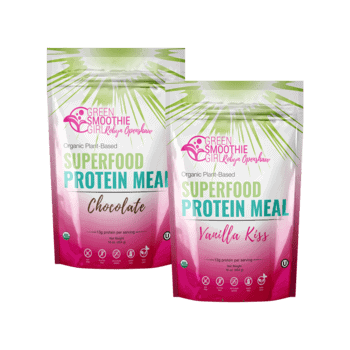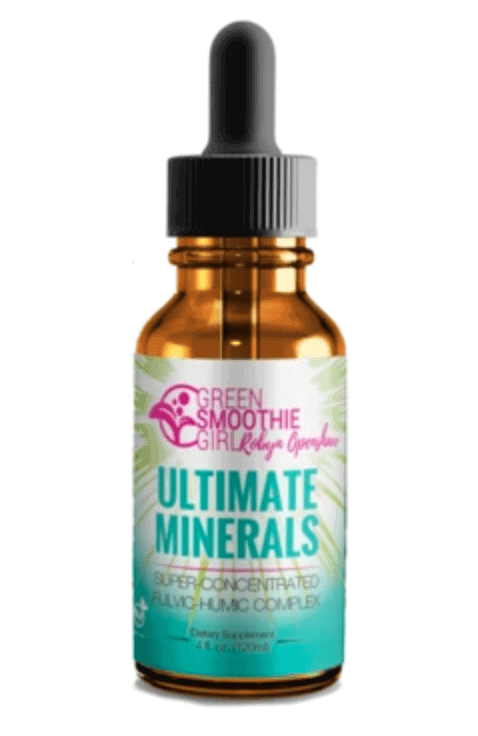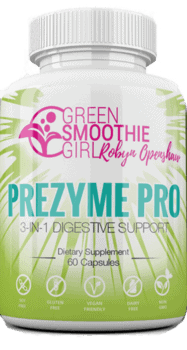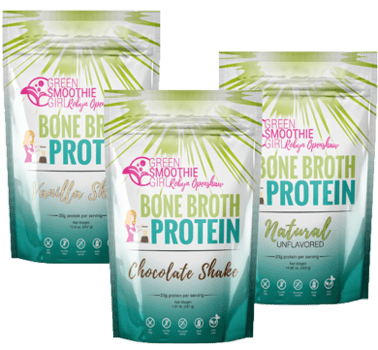Interested in Fasting?
Our 3-Day Flash Fast is not currently offered, due to sourcing issues.
Robyn believes fasting is one of the best things you can do for your health — for detoxing, anti-aging, preventing disease, and many more benefits!
She’s completed many fasts, including a 40-Day Water Fast.
Here's Something Else You Might Like...
You might love our Ultimate Minerals ...
The fulvic and humic acids in this product come directly from deep in the earth — and help cleanse and detoxify your body, among many other benefits.
Like helping you avoid illness, have energy, and sleep better. Plus, it’s tasteless and easy to take.
See what people say about it ...







